You have likely heard you should use hot and cold therapy products when you develop a sports injury. However, knowing when to use each one the right way can make a world of difference in how fast you recover.
Different types of injuries require different types of treatment. Here’s a guide on when to use the right compress — hot or cold?
Treating Injuries with a Cold Compress
Acute sports injuries explained
Acute sports injuries are sudden, often unforeseen injuries that occur during physical activities. They cause immediate pain and discomfort and typically result from:
- accidents
- collisions
- abrupt movements
These injuries include sprains, strains, fractures, dislocations, and contusions. They require prompt attention to manage pain, reduce inflammation, and promote healing. This is where cold or ice therapy comes in.
The role of cold therapy
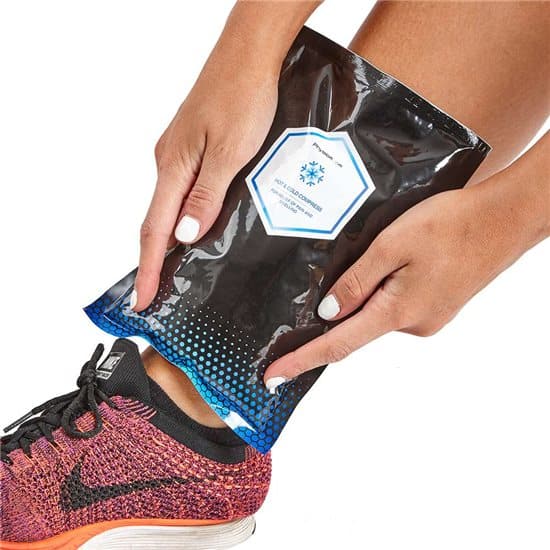
Cold therapy plays a crucial role in managing acute sports injuries. When applied immediately after injury, cold compresses constrict blood vessels. A great example is the use of ice wraps, reducing blood flow to the injured area. This vasoconstriction helps minimise swelling by limiting the accumulation of excess fluids. Additionally, cold therapy numbs the area, providing pain relief.
By effectively reducing inflammation and discomfort, cold therapy supports the healing process. Moreover, it aids in controlling the initial impact of the injury. This allows athletes to recover faster and potentially prevent further damage in return.
When to use a cold compress
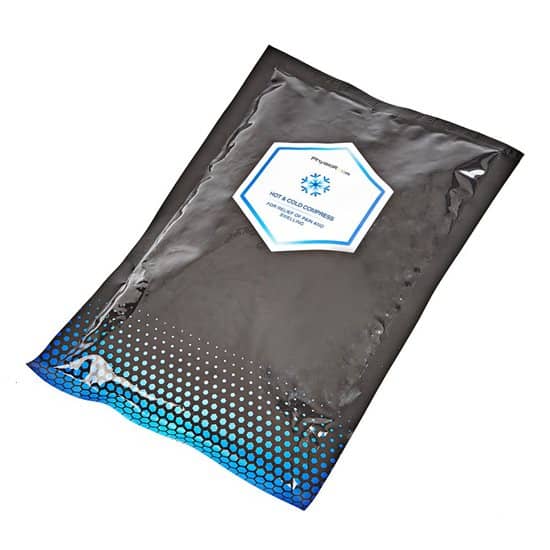
Choosing sports ice packs is vital when dealing with acute injuries. It’s best to apply it within the first 48 hours after the injury’s onset, as this is when inflammation is at its peak. Immediate use is crucial — cold therapy works most effectively during this initial window.
If you experience sudden pain, swelling, or bruising during or after physical activity, reach for a cold pack instant right away. Timely application helps reduce swelling and inflammation and limit the injury’s severity. It expedites the overall healing process and potentially prevents long-term complications.
Examples of injuries treated with compression ice packs
Common acute sports injuries that benefit from cold therapy include the following:
- Sprains, which involve ligament damage
- Strains, which affect muscles or tendons
- Bruises, characterised by skin discolouration due to broken blood vessels
Additionally, cold therapy can be effective for contusions, minor fractures, and dislocations. Moreover, any injury causing immediate pain, swelling, or inflammation during physical activities.
Using Hot Compress for Injuries
Defining chronic sports injuries
Chronic sports injuries are conditions that gradually develop over time due to:
- repetitive stress and/or strain
- overuse of specific body parts or muscles
Chronic injuries manifest as persistent discomfort or pain that worsens with continued activity. These conditions often result from ongoing, repetitive movements, inadequate rest, or improper biomechanics. This makes them a common concern among individuals engaged in repetitive physical activities.
Why a hot compress is ideal
Hot therapy encourages increased blood flow to the affected area. Take muscle heat pads, for instance. When applied, heat causes blood vessels to dilate. It improves circulation and delivers essential nutrients and oxygen to the injured tissues. This enhanced blood flow helps reduce
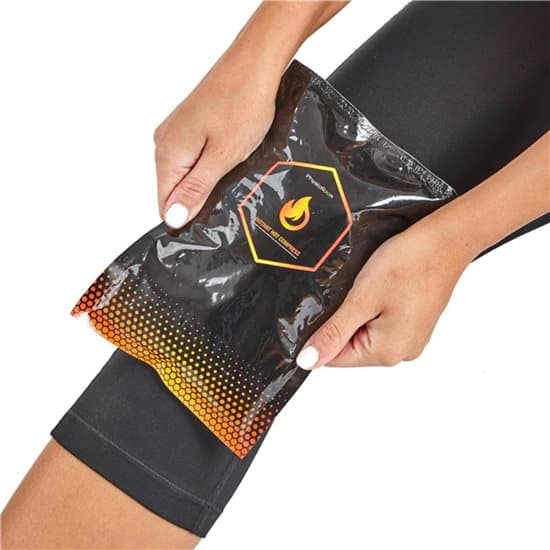
muscle stiffness and tension, promoting muscle relaxation.
Additionally, heat can alleviate pain by stimulating sensory receptors in the skin. This distracts discomfort and improves joint flexibility.
There are several factors why hot therapy is an ideal choice for chronic sports injuries. Enhancing blood circulation, relaxing muscles, and providing pain relief, to name a few. Overall, it’s excellent for promoting long-term healing.
Examples of injuries benefitting from heat packs
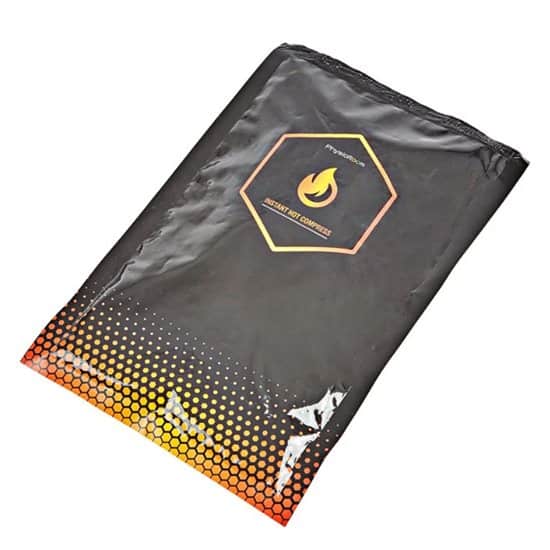
Chronic sports injuries that respond well to hot compress therapy include conditions like:
- tendinitis, where the tendons become inflamed due to overuse
- muscle stiffness resulting from repetitive strain or poor biomechanics
Heat can effectively soothe these issues by relaxing tight muscles and reducing inflammation. Most importantly, it promotes blood flow to the affected areas. This, overall, not only alleviates pain but also supports the healing process. Thus making hot compresses a valuable tool in managing chronic sports injuries.
When to Use Heat or Cold
| Injury Type | When to Use Cold Compress | When to Use Hot Compress |
| Acute Sports Injuries | Immediately after injury to reduce swelling, inflammation, and pain. | After 48 hours to relax muscles and alleviate pain. |
| Sprains and Strains | Yes | No |
| Bruises | Yes | No |
| Contusions | Yes | No |
| Chronic Sports Injuries | No | Yes |
| Tendinitis | No | Yes |
| Muscle Stiffness | No | Yes |
The table summarises when to use cold and hot compresses for different types of injuries. Cold therapy is ideal for acute injuries immediately after occurrence. In contrast, hot therapy is better suited for acute and chronic injuries after the first 48 hours. The latter option aims to promote muscle relaxation and pain relief.
Round-up
Whether it’s the icy chill or the comforting heat, choosing the right therapy at the right time plays a vital role. Understanding when to use either or both can be the key to effective injury management. For acute injuries like sprains, cold therapy can reduce swelling and pain. Conversely, chronic conditions like tendinitis often benefit from the warmth of hot compresses.
Discover your hot & cold therapy essentials at Physioroom. We also feature a wide range of cryotherapy products and muscle rubs. Next, learn “How to Do Hot Cold Therapy at Home”.


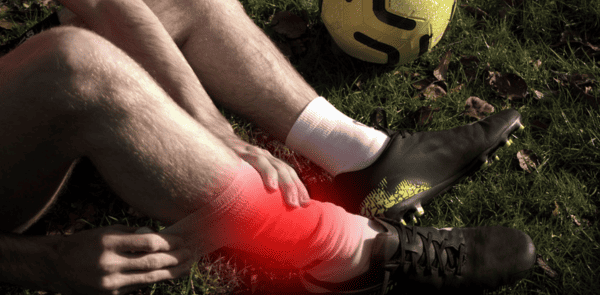
 (
( (
(